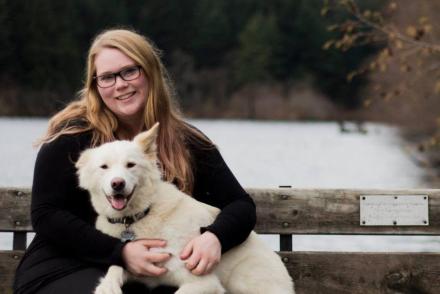Tourism Management students Kaelan Henders and Alison Kuenzig share their experiences
Last fall we spent 19 days travelling throughout Aotearoa New Zealand’s South Island with the World Leisure Centre of Excellence at VIU. All students were supported with various levels of funding from Global Skills Opportunity Travel Grants, allowing for more freedom in choosing activities throughout the trip. We visited many places including Otautahi Christchurch, Lake Tekapo, Te Anau and Ōtepoti-Dunedin. We learned about Māori culture and connections to the land, the significance of storytelling, wildlife and traditional approaches to sustainability. We also explored the many adventure tourism experiences unique to New Zealand.
Māori culture
Everywhere we looked, the commitment to showcasing Māori symbols and language was visible. From street signs and greetings, the Māori language is still alive in New Zealand. Each time we met a new group of individuals or were welcomed to a new place, it started in Te Reo Māori (the Māori language), often with the words “Kia Ora” which is used to say hello, express gratitude, send love and make a connection. The team participated in two paddling experiences, one in a traditional Waka on the Avon River and the other in a Waka Ama (outrigger canoe) on the Pacific Ocean. These experiences demonstrated the importance of being connected to your “Waka” (mode of transportation) and the lands and waterways you travel on. We were not only immersed in the art of paddling but also in the subtle nuances of communication essential for maintaining the seamless flow of the Waka.
While navigating the Avon River, our communication took on a melodic quality like a song, fostering a harmonious connection. On the ocean, our communication transformed into a rhythmic chant, further strengthening our bond. Throughout both journeys, our guides shared moving narratives, illuminating the profound cultural significance of paddling as a means to reconnect with their heritage.
The Māori people our team met were very welcoming and inclusive, teaching us protocols and cultural practices. The most telling moment of how welcoming the people we met were was when the Office of Māori Development members taught us a traditional Māori song, Te Aroha, and later helped us share it with delegates after our presentation at the 17th World Leisure Congress in Dunedin.
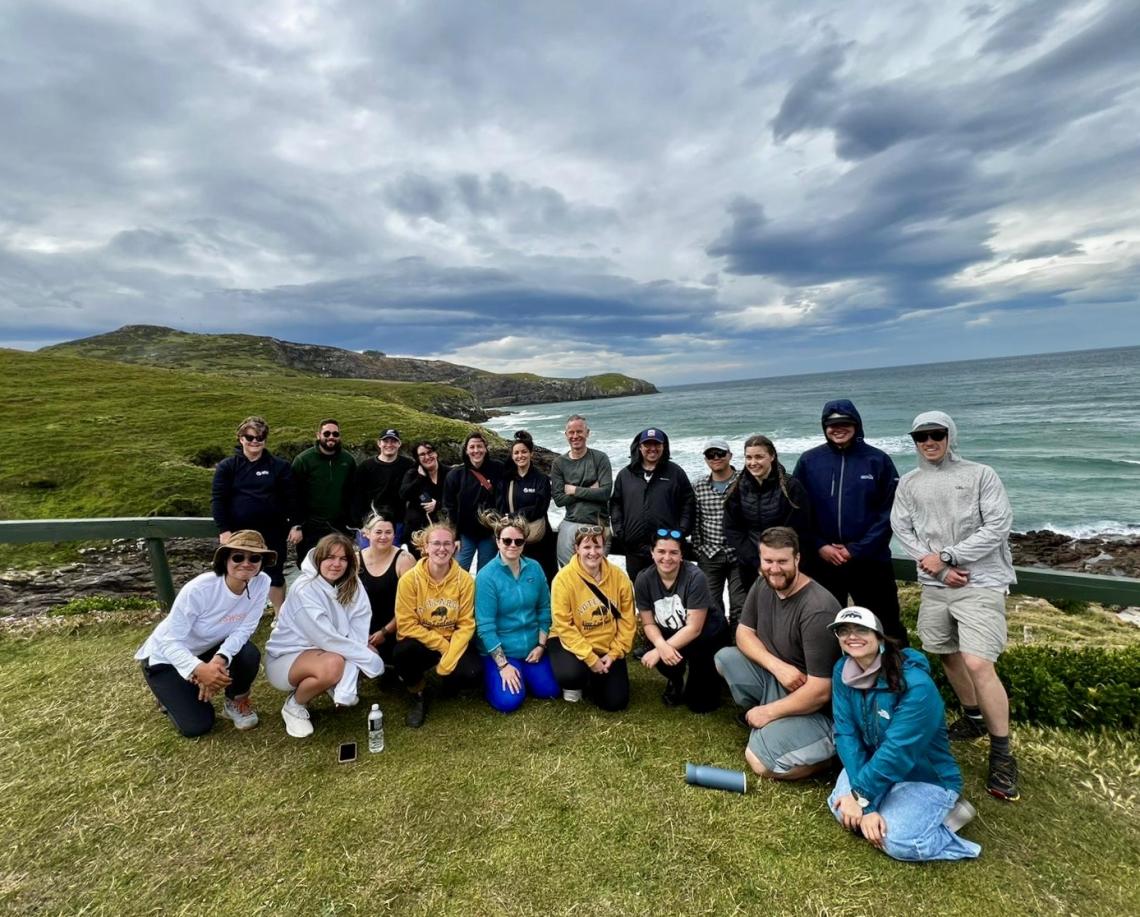
Connection to land and storytelling
One of the most memorable moments was when we did a Māori walking tour through Waikouaiti and Karitane. This area had rich landscapes and stunning views, typically where the experience would end. However, this tour was unusual, as our guide explored deep stories and myths around the area for hundreds of years, which instilled in us a profound sense of connection to the land. This way of explaining landscapes helped shift our views when taking hikes, which are usually point A to B activities. The echoes of those ancient stories continue to resonate, inspiring a desire to be fully present and mindful amidst the diverse and unique landscapes that surround us.
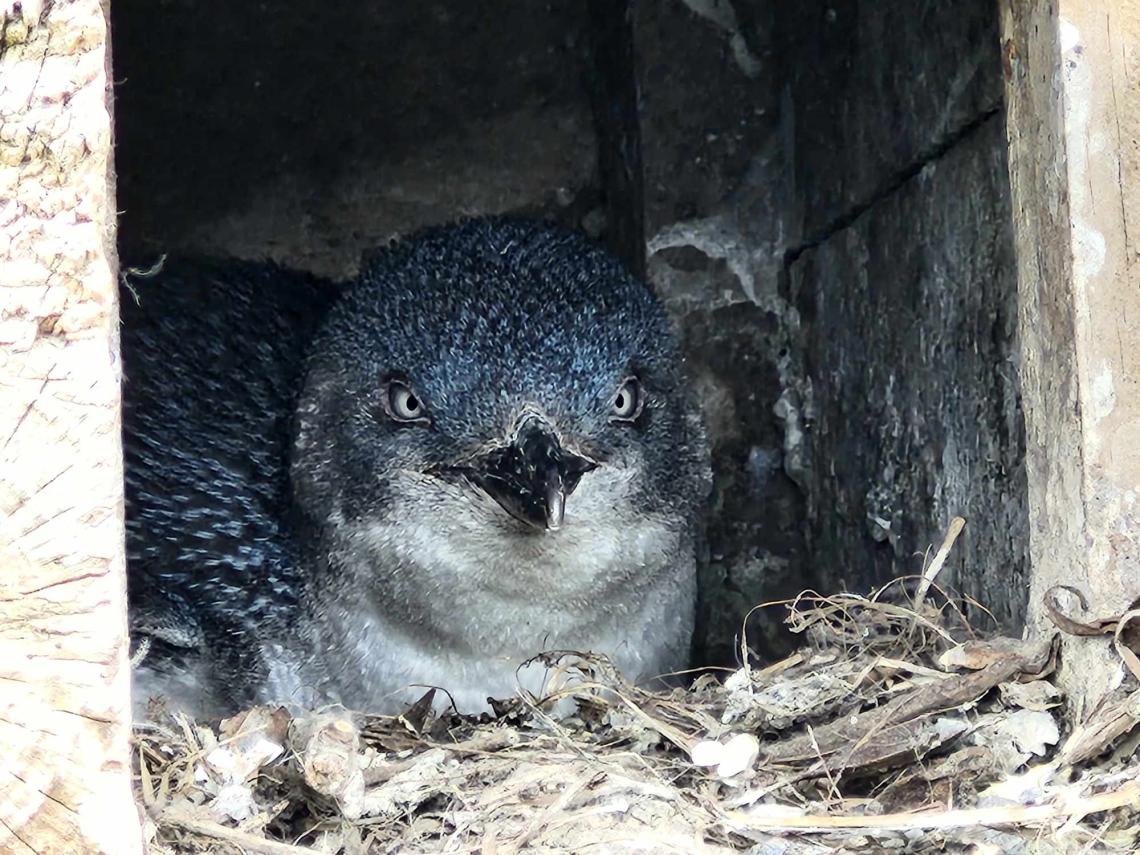
Wildlife
For a country where humans were the only original land mammal, Aoertearo-New Zealand has an abundance of wildlife, including plants, birds, penguins, whales, dolphins and many other species. During our trip, we took a cruise at Milford Sound in Fiordland. This was a remarkable day, travelling through Milford Sound’s stunning natural landscapes, filled with waterfalls and majestic wildlife. Pictures do not do this area justice, as it provided a “Jurassic Park-like” environment. Our group was delighted to see a pod of bottlenose dolphins playing in the wake of the boat and New Zealand fur seals resting on the rocks. At Otago Peninsula Eco Restoration Association (O.P.E.R.A.), we sawfour yellow-eyed penguins in the separate rehabilitation section (hopefully they will be released next year) and other little blue penguins and their young in their habitats near the shoreline. . This really left an impact on us and how we feel about wildlife viewing. One interesting fact is that hedgehogs are an invasive species in New Zealand, which is a huge threat to other species such as the penguins. Because of this they have traps set up around the sanctuary to help protect them.
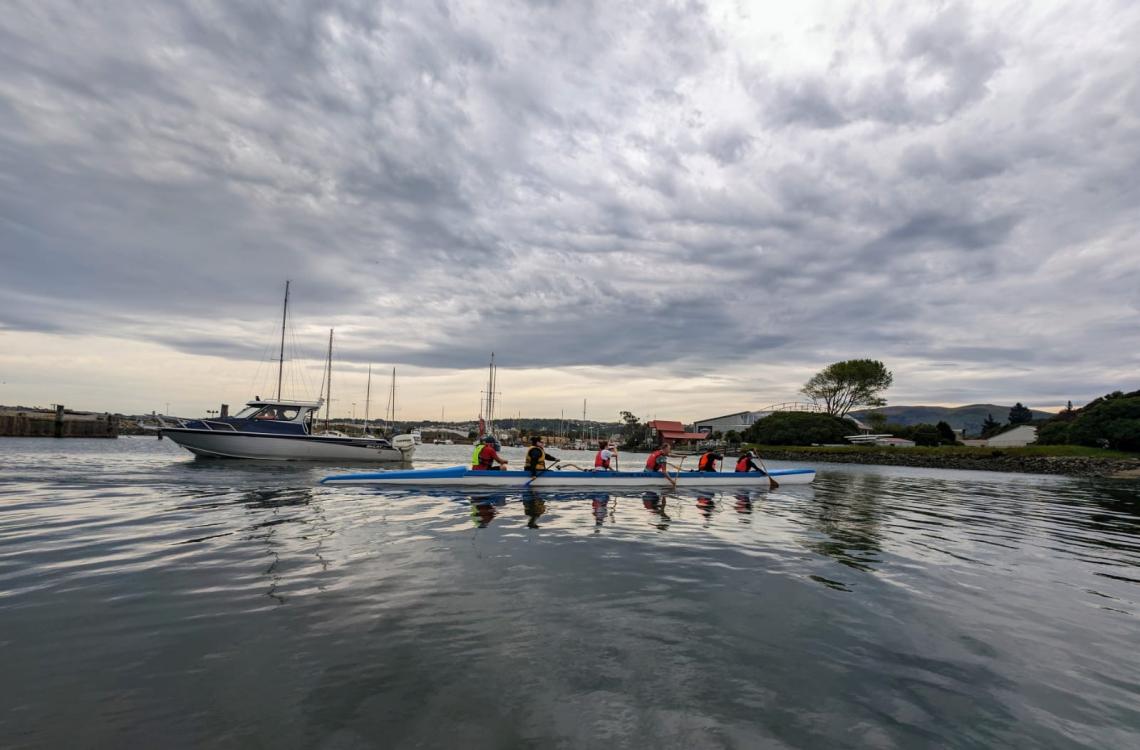
Approach to sustainability
Our Field School Team was fortunate enough to have the opportunity to volunteer at the Otago Peninsula Eco Restoration Association, which focuses on the health and survival of endangered yellow-eyed (Hoiho) and little blue (Kororā) penguins. Our group spent a few hours pulling invasive species to help return the land to its natural environment for the future.
New projects are designed to ensure minimal disturbance of nesting penguins. For example, they dug a series of trenches in the sand dunes that contained several long pathways to allow visitors into the penguins’ environment without interruption or added stress, creating a unique approach to conservation and wildlife tourism. This network was built with shovels and other manual tools and took more than six years to complete as work stopped any time a penguin was moving in the area. Ultimately, this approach forces humans to experience “feelings of captivity” while penguins are able to move about without interruption. At the same time, the penguins seem to welcome humans into their environment.
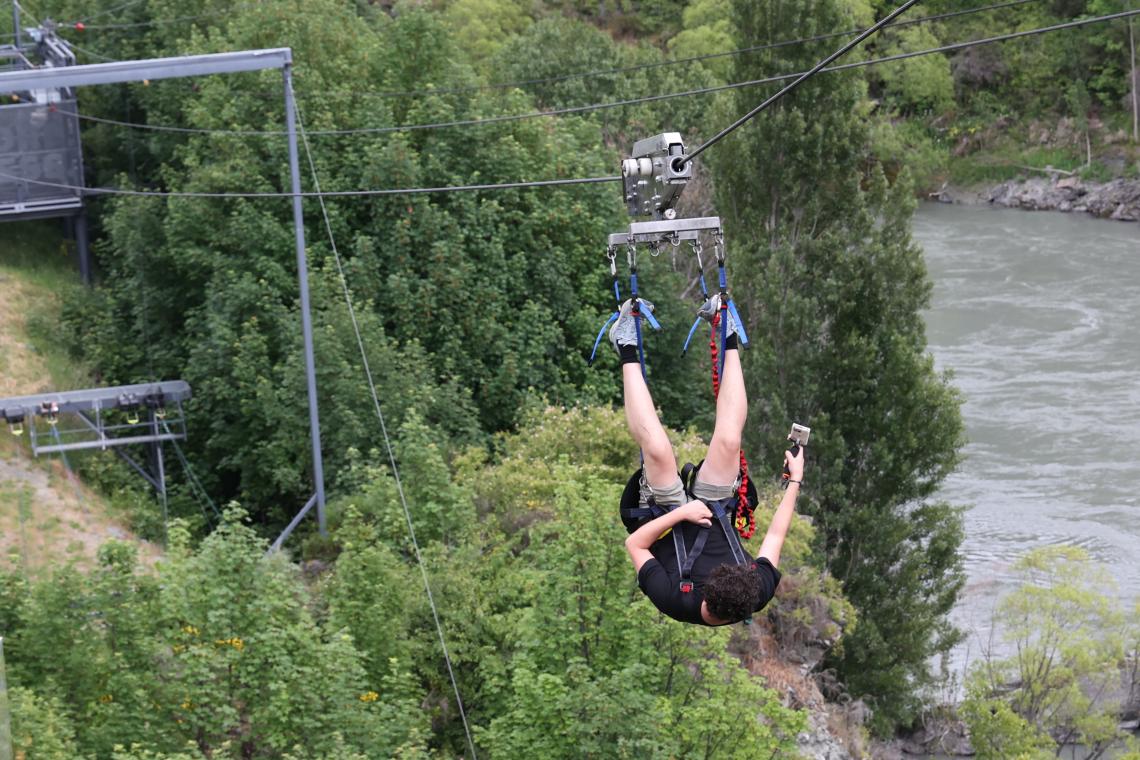
Adventure and leisure activities
New Zealand is regarded as one of the top adventure tourism destinations worldwide. Queenstown is the birthplace of bungee jumping and jet boating, two highly desirable adventure sports. The WLCE field school stopped in Queenstown for three days of adventure, including the Kawarau Zipride, a Shotover Jet Boat Tour which left us breathless and exhilarated, and luging at the top of Skyline Queenstown offering panoramic views as we raced down the winding tracks.
Conclusion and call to action
In conclusion, our field school journey through New Zealand's South Island was an enriching tapestry of cultural immersion, environmental exploration and heart-pounding adventures. Let this be an invitation to future participants: seize the opportunity to embark on this transformative odyssey, where education transcends boundaries, and the world becomes your classroom.
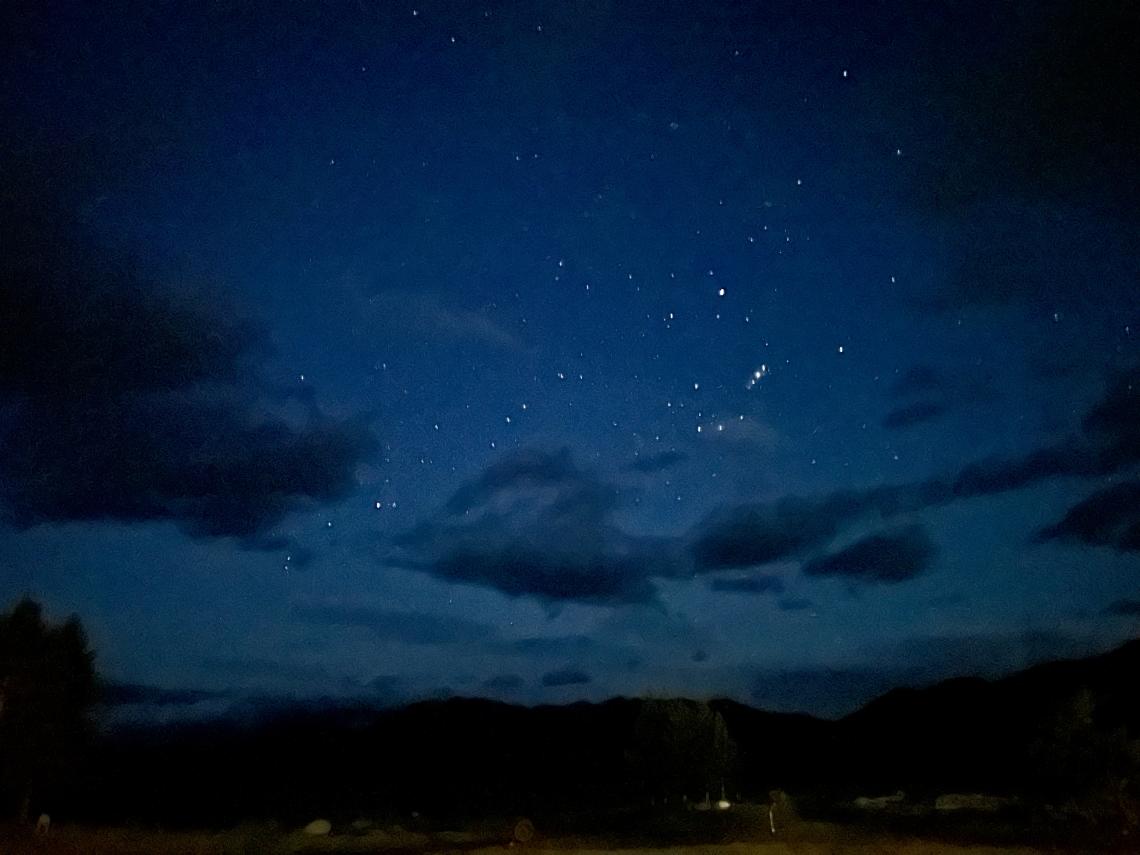
Related Posts
Got an article idea for the blog? Email students@viu.ca.



